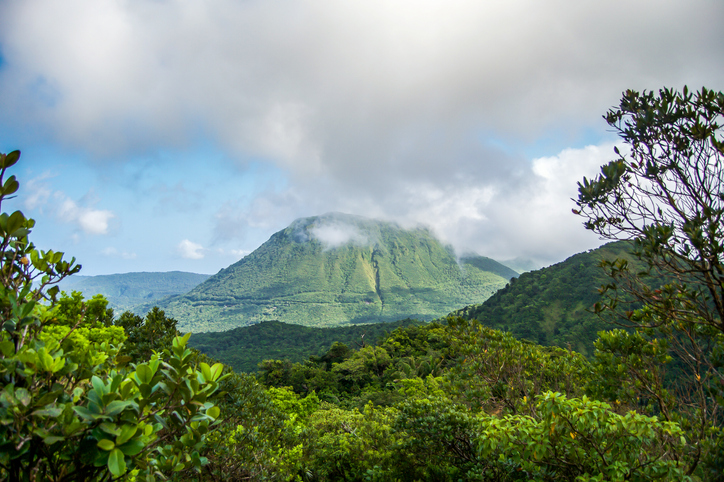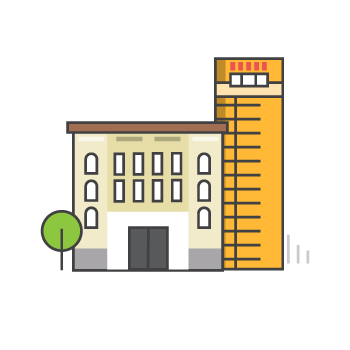Yello’s Bite-sized Guide to the Caribbean: Dominica
by Karen Rollins Oct 25, 2021

Yello knows the Caribbean! We are based in 20 countries across the region, and each one of them is quintessentially Caribbean while also offering visitors a one-of-a-kind cultural experience.
Our British, French and Dutch colonial past can be seen in our food, art, fashion, music, and languages. Yet as a region, we are also slowly developing our own unique Caribbean identity based on our distinct geography, values, and experiences.
It’s time to appreciate our shared Caribbean culture and learn more about the islands in our region – come with us to Dominica.
Independence Day: 3 November 1978
Capital: Roseau
Background: Dominica’s first inhabitants were the Ortoroids who migrated to the island from South America. The Arawaks followed but they were usurped by the Kalinago or Carib people.
Christopher Columbus first sighted Dominica’s volcanic outline on a Sunday in November 1493, and named it ‘dies Dominica’ in Latin, which means ‘the Lord’s Day’.
The first European colonists were French, but throughout the 1600s Great Britain and France fought over the island, battling each other and the Caribs, until the British eventually defeated them all in around 1805.
On 3 November 1978 Dominica achieved full independence from the UK.
Getting around: Dominica is 29 miles long and has a maximum breadth of 16 miles. The typography is mountainous which offers breath-taking beauty but makes it difficult to navigate – the first road across the island was not completed until 1956.
The best way to get around is by taxi or hire car, but be prepared to traverse winding, narrow roads. Minibuses are affordable but not reliable.
Must-see place of interest: Kalinago Territory is a 3,700-acre reserve comprising of eight villages inhabited by Dominica’s indigenous people. Approximately 2,150 Caribs live within this community on the eastern coast of the island, which provides a glimpse into the culture, rituals, and traditions of the island’s original settlers.
Visitors can enjoy tours by Kalinago guides with hikes along the Asulukati river and its waterfall.
Must-do annual event: Dominica’s World Creole Music Festival takes place every year in October at Windsor Park Stadium in Roseau.
According to the Discover Dominica website, the festival was launched to “promote the Dominican tourism product and create a world class platform for indigenous Dominican music.”
The event focuses on musical genres with roots in various Creole-speaking countries and features talent from across the Caribbean, French Antilles, Africa and North America.
Some of the music genres that have been highlighted in the past include Cadence-lypso, Afro beat, Calypso, Reggae, Soukous, Kompa, Zouk, Bouyon and Zydeco.
Little known fact: Most of the population of Dominica is Roman Catholic, but there are also Seventh-day Adventists, Methodists, and Pentecostals.
Motto: ‘Apres Bondie C’est La Ter’ (After God the Earth).
Dominica is welcoming visitors but COVID-19 restrictions are in effect. Visit the Discover Dominica website for the latest travel information.
Sources: Discover Dominica, Britannica.com and US News.com.








